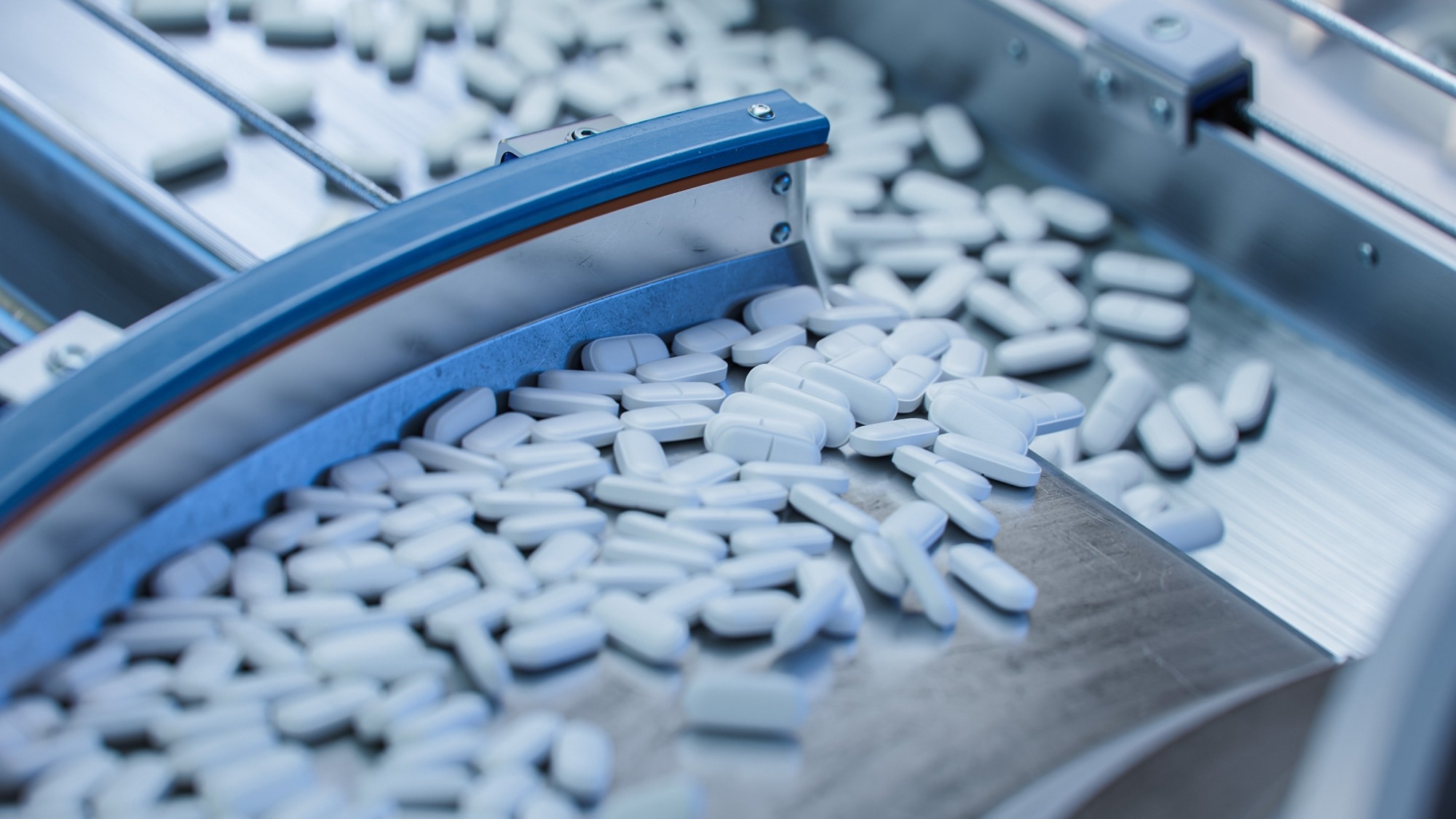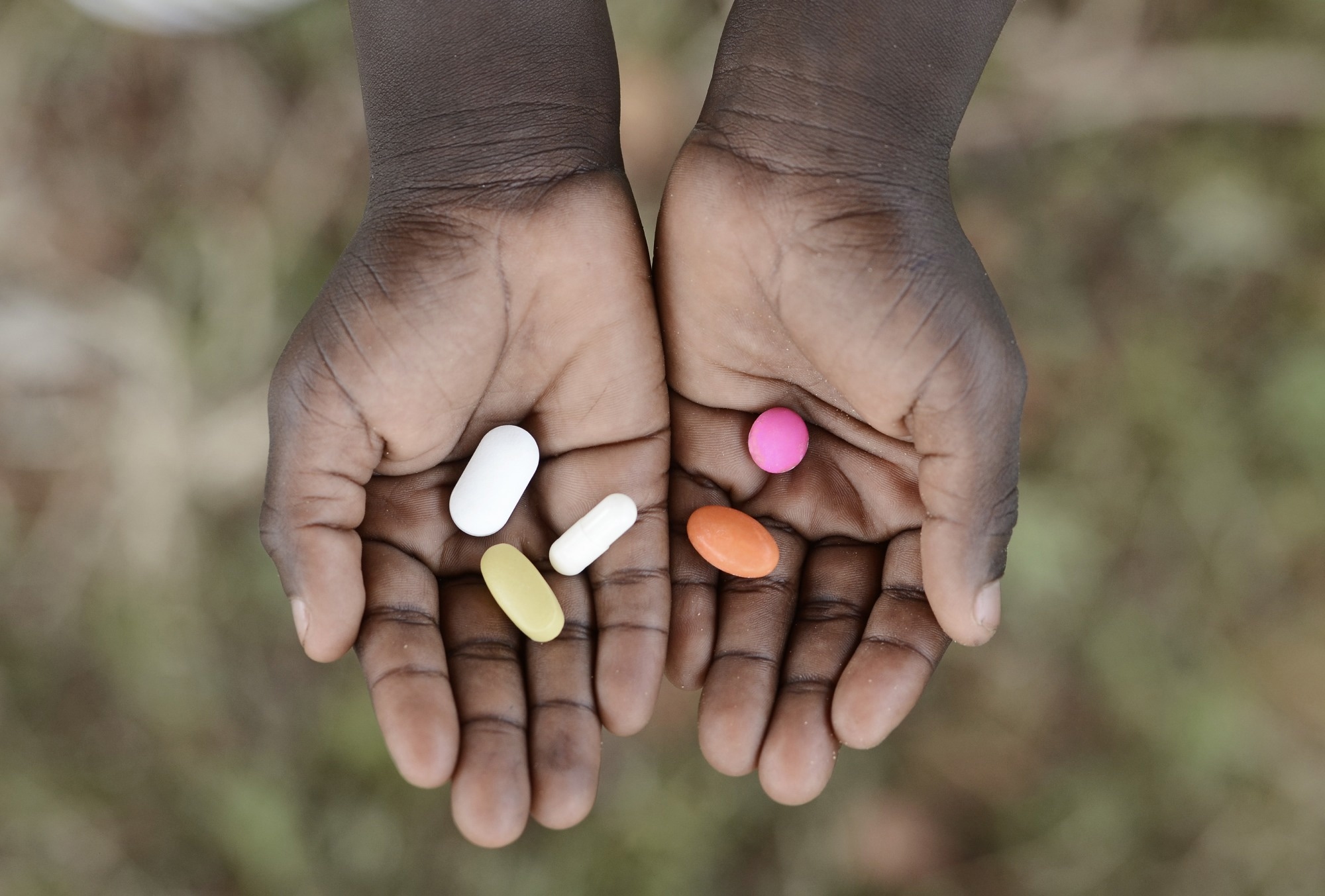Scientific, economic, and regulatory hurdles make new antibiotic discovery a formidable challenge in the ongoing battle against drug-resistant bacteria.
 Image Credit: IM Imagery/Shutterstock.com
Image Credit: IM Imagery/Shutterstock.com
The Challenges of Antibiotic Development
Since the discovery of penicillin, antibiotics have been crucial in killing or inhibiting bacterial growth, saving millions of lives threatened by infectious diseases.1 Nonentheles, the emergence of new bacteria resistant to existing antibiotics in the late 90s and early 2000s demand the development of new antibiotics capable of overcoming bacterial defenses and evasion mechanisms.1
New antibiotics development is crucial die to the high incidence of infected individuals with super-resistant bacteria.2 However, the weight of the scientific research and investment to finance these projects is extremely challenging.2
The main obstacle in the development of new antibiotics is the generation of resistance bacteria.2 Moreover, high costs and low profitability can make the generation of these new drugs a low priority, since developing new antibiotics requires extensive research and significant financial resources.2
Pharmaceutical companies are generally more interested in developing drugs for chronic diseases that require constant medication, rather than bacterial infections which are usually sporadic.2
However, It is important to note that bacterial infections should not be overlooked as they still have a significant impact on public health.2
The Complex Nature of Bacterial Resistance Mechanisms
The mechanisms that bacteria use to avoid the effect of antibiotics are diverse, and in some cases, they use more than one at a time.3
These mechanisms may vary depending on the type of bacteria, the type of antibiotic used and the environmental conditions.3 Initially they can be classified into intrinsic or acquired mechanisms.3
Intrinsic mechanisms are found in bacteria that naturally have resistance to certain antibiotics; for example, some bacteria species from the gram-positive group are resistant to vancomycin due to the changes in the formation of peptidoglycan of their cell wall. This is the case of vancomycin-resistant Enterococcus.4
On the other hand, acquired mechanisms result from bacterial mutation and/or horizontal gene transfer, such as conjugation, which alters the genome. Constant exposure to antibiotics is involved in undesirable genomics changes and selective pressure that favors the growth of resistant bacteria.3
Strategies such as reducing the permeability of the external membrane, using membrane pumps that eliminate the antibiotic from the cell, employing enzymes that degrade the antibiotics, and changes in the target sites enable bacteria to survive the constant flow of antibiotics.3
Therefore, it is necessary to use antibiotics consciously in the treatment of infections to prevent the development of resistant bacteria.3
Economic and Regulatory Hurdles in Antibiotic Research
The challenges associated with conducting new research in antibiotic development are primarily economic and regulatory.4 From an economic standpoint, creating a new drug requires a significant financial investment that not all pharmaceutical companies are willing to make.4
Additionally, there are currently effective antibiotics available for most infections.4 Developing new antibiotics involves a significant investment that may not be fully recovered. In some cases, financial support for the development of a new antibiotic is lost because it does not pass clinical trials.4
Furthermore, many new antibiotics are used as a last resort in difficult infections, resulting in low sales.4 Companies may be less motivated to invest in research that takes years to generate a product and does not yield a return on investment in the short term.4
Regulatory requirements are necessary to ensure the effectiveness and safety of antibiotics developed through scientific research.5 However, the entities responsible for indicating clinical trial guidelines have become increasingly demanding, rendering many indications for infectious diseases unviable.5
After the Ketek scandal of 2006, the FDA started issuing trial guidance for antibiotic trials that were impossible to implement. As a result, companies are not incited to invest in the development of these drugs.5
Developing antibiotics with a broad spectrum is generally encouraged.5 However, it is important to note that these antibiotics can lead to resistance more quickly than antibiotics with a narrow or more localized range. This is because antibiotics with a narrow range require more scrutiny during clinical trials.5
 Image Credit: Riccardo Mayer/Shutterstock.com
Image Credit: Riccardo Mayer/Shutterstock.com
The Scientific Challenges of Discovering Novel Compounds
The discovery of new compounds presents several challenges. These include finding molecules that can regulate the desired target in bacteria without affecting human cells, as well as considering the pharmacokinetics and pharmacodynamics of each developed compound.6-7
Stability, solubility, and other necessary characteristics must be determined for the treatment of infectious diseases.6-7 It is necessary to predict the possible side effects of the compounds and how they may affect their functionality in biological systems.6-7 Appropriate clinical trials must be established to ensure their safe use in patients.6-7
New methodologies should be developed to improve the discovery of compounds to be tested as antibiotics, using cutting-edge tools such as artificial intelligence (AI) and machine learning (ML).6-7
Strategies and Innovations to Overcome Antibiotic Development Barriers
The development of new antibiotics is crucial in combating drug-resistant bacteria but is currently hindered by several challenges. Economic and regulatory barriers make the current model for antibiotic development unsustainable, with small market size and limited profitability discouraging pharmaceutical investment.8
To counteract this, there are calls for a package of incentives to make antibiotic development more economically attractive8. Notably, the LPAD pathway9 and the PASTEUR Act10 aim to streamline the approval process and incentivize the creation of new antibiotics, respectively.
Scientific and clinical advancements are also key. While there's an observable push towards innovation, significant scientific obstacles remain. 8Strategies to improve clinical trials and the development of rapid diagnostic tests are crucial in this regard.8
The development of global collaboration and support structures, potentially under the WHO, can also help coordinate antibiotic R&D efforts effectively.8,11
The clinical pipeline shows promise, with several antibiotics in development capable of treating various infections.8,11 However, the number of new antibiotics in clinical trials remains low, necessitating urgent investment to accelerate the pipeline.8,11
Discovery and research barriers also need to be addressed, with the COVID-19 pandemic highlighting the potential for progress when global priorities align.11 In essence, a multifaceted approach is required to overcome these challenges and ensure the development of effective new antibiotics.11
References
- Hutchings M. I, et al. (2019). Antibiotics: past, present and future. Current Opinion in Microbiology, 51, 72–80. https://doi.org/10.1016/j.mib.2019.10.008
- Allen, A. (2022, July 21). As Big Pharma Loses Interest in New Antibiotics, Infections Are Only Growing Stronger - KFF Health News. KFF Health News. [Online] https://shorturl.at/BDK79
- Finn A, et al.(2010). Hot Topics in Infection and Immunity in Children VI. Springer Science & Business Media. https://shorturl.at/nrCQW
- Levitus M, et al. 2023). Vancomycin-Resistant Enterococci. StatPearls - NCBI Bookshelf. https://www.ncbi.nlm.nih.gov/books/NBK513233/
- Shlaes D. M. (2015). Research and Development of Antibiotics: The Next Battleground. ACS Infectious Diseases, 1(6), 232–233. https://doi.org/10.1021/acsinfecdis.5b00048
- Årdal C, et al.(2019). Antibiotic development — economic, regulatory and societal challenges. Nature Reviews Microbiology, 18(5), 267–274. https://doi.org/10.1038/s41579-019-0293-3
- Payne D. J, et al. (2006). Drugs for bad bugs: confronting the challenges of antibacterial discovery. Nature Reviews Drug Discovery, 6(1), 29–40. https://doi.org/10.1038/nrd2201
- Trusts, P. C. (2021). Tracking the Global Pipeline of Antibiotics in Development, March 2021. The Pew Charitable Trusts. [Online] https://shorturl.at/equxR
- Research, C. F. D. E. A. (2020). Limited Population Pathway for Antibacterial and Antifungal Drugs – the LPAD Pathway. U.S. Food And Drug Administration. [Online] https://www.fda.gov/drugs/development-resources/limited-population-pathway-antibacterial-and-antifungal-drugs-lpad-pathway
- Vorperian, S., & Quake, S. (2021). The PASTEUR Act can help win the war against superbugs. STAT. [Online] https://www.statnews.com/2021/06/25/pasteur-act-help-fight-superbugs-antimicrobial-resistance/
- Five challenges that governments need to address in resolving the stagnation in antibiotic development – 2022 – ReAct. (2022). ReAct. [Online] https://shorturl.at/hHL79
Last Updated: Mar 19, 2024